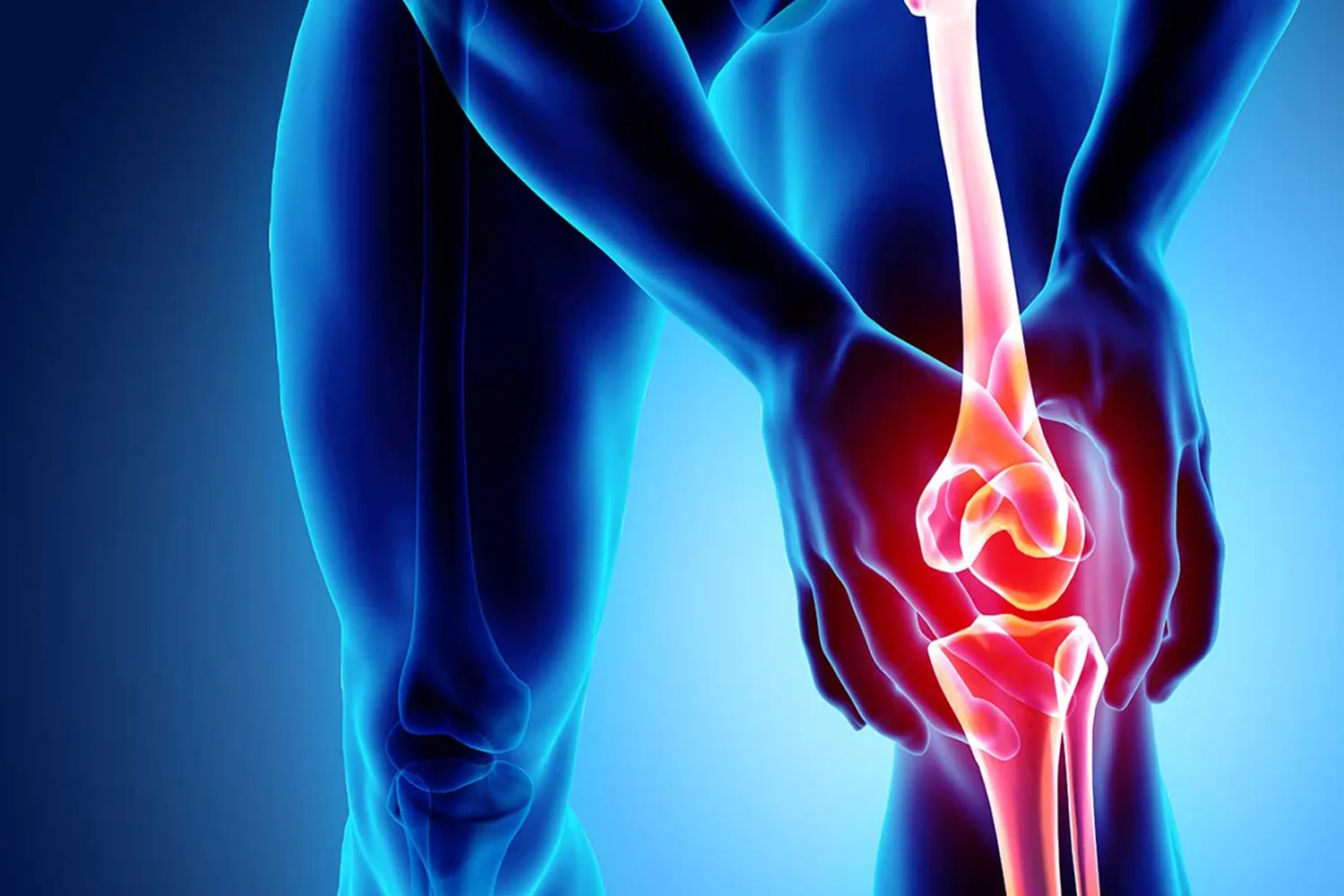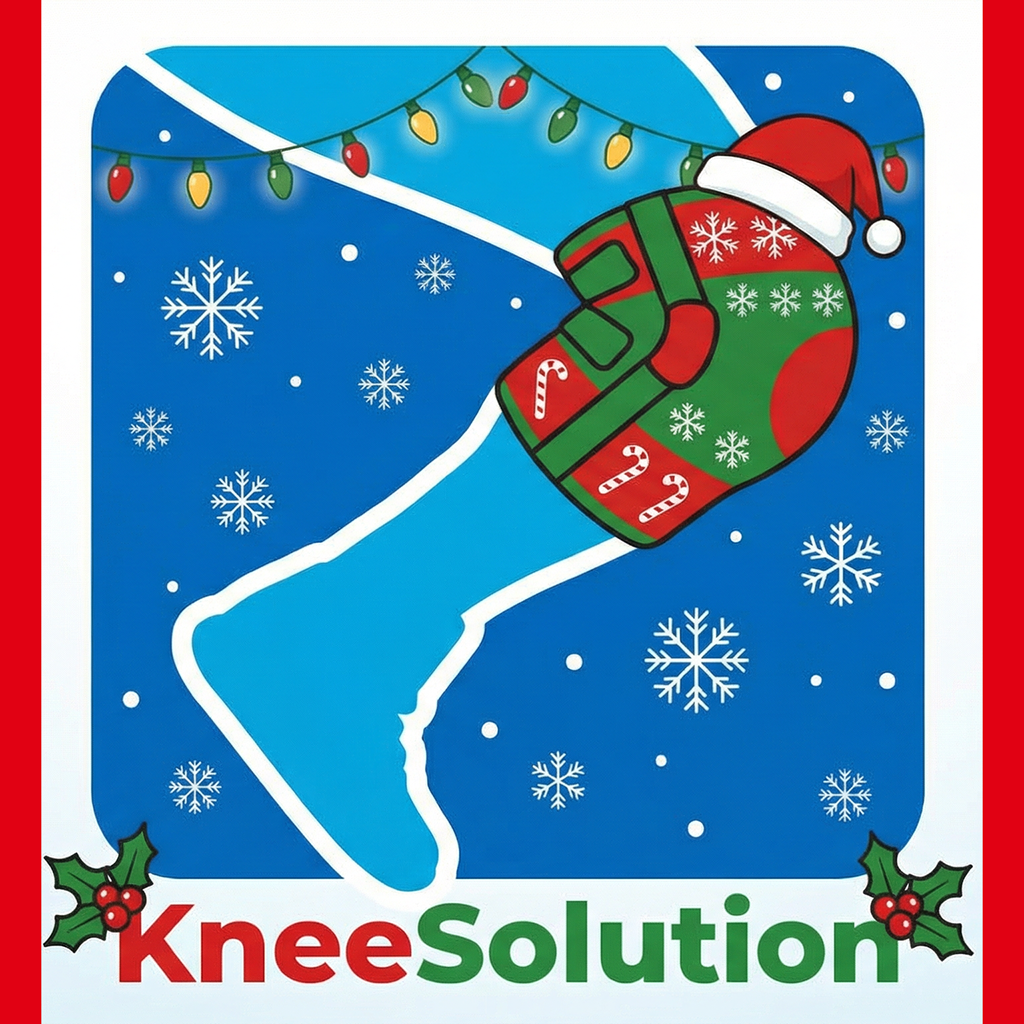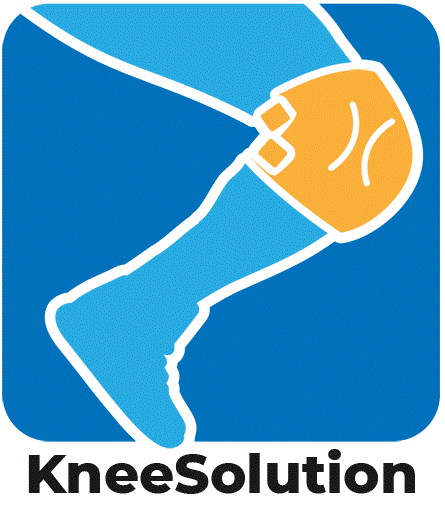Why And When Patients Should Consider A Knee Replacement?

Knee pain can become more than just a discomfort—it can interfere with your daily life, independence, and mobility. For many people, knee replacement is the solution that restores quality of life. In this article, we’ll help you understand what knee replacement involves, when it should be considered, and how to prepare for a better recovery.
What Is a Knee Replacement?
Knee replacement, also known as knee arthroplasty, is a surgical procedure where damaged parts of the knee joint are replaced with artificial components. There are two main types:
Total Knee Replacement (TKR): Entire joint is replaced.
Partial Knee Replacement (PKR): Only the damaged section is replaced.
The surgery aims to relieve pain and improve function in knees severely affected by arthritis or injury.
Common Reasons People Need Knee Replacement
You might be a candidate for knee replacement if:
You suffer from severe osteoarthritis.
You have a history of post-traumatic injury.
You experience rheumatoid arthritis or autoimmune joint conditions.
Your knee is deformed or bowed, impacting mobility.
Your pain prevents you from walking, climbing stairs, or sleeping comfortably.
Knee damage from worn cartilage or joint deterioration can lead to serious mobility limitations.
When Is the Right Time to Consider Surgery?
Knowing when to consider knee replacement is crucial. You should talk to a specialist if:
Pain persists even while resting.
Your knee is stiff or swollen all the time.
You rely heavily on pain medication.
Physical therapy and injections no longer help.
Your ability to work or do basic activities is reduced.
Only an orthopedic doctor can confirm the right time, often using X-rays and clinical assessments.
Alternatives to Surgery
Before committing to surgery, explore non-invasive options:
Physical therapy to strengthen muscles and improve joint flexibility.
Weight loss to reduce pressure on your knees.
Anti-inflammatory medications or cortisone injections.
Use of braces, sleeves, and support products.
💡 Explore our Knee Pads and Accessories designed for daily comfort and protection.
Benefits vs Risks of Knee Replacement
Benefits:
Long-term pain relief
Improved mobility and independence
Better quality of life
Risks:
Possibility of infection or blood clots
Post-surgery stiffness
Wear and tear over time
Weighing the pros and cons with your doctor ensures the best outcome.
Life After Knee Replacement
Recovery can take several weeks or months but leads to lasting results when managed correctly:
Physiotherapy is essential.
You’ll need to use support devices for walking.
Strength-building and flexibility exercises accelerate healing.
🛠️ Support your recovery with our Knee Recovery Products. These include therapy wraps, heated supports, and circulation boosters recommended by physiotherapists.
Final Thoughts: Is Knee Replacement Right for You?
Knee replacement isn’t a decision to rush—but when joint pain becomes unbearable and affects your life quality, it might be the best path forward. With expert medical guidance and the right recovery tools, many patients return to an active, pain-free lifestyle.
Support Your Knees — Before and After Surgery
At KneeSolution, we help people protect and support their knees through every stage—from prevention to post-op recovery.
👉 Browse Our Knee Pads
👉 Explore Recovery Products
👉 Shop Accessories
Let comfort and strength return to your steps!

